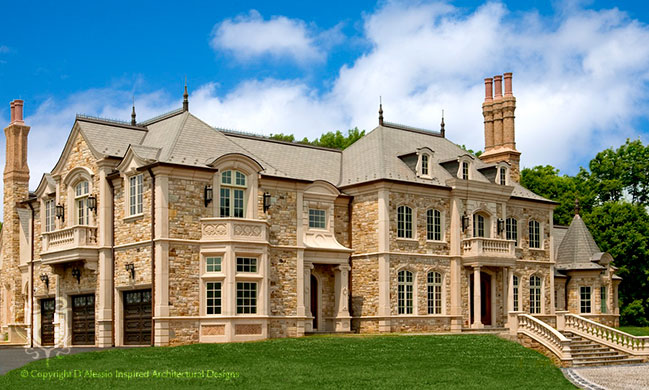A home is only worth what someone is willing to pay for it, and apparently, that tab just hit its highest level in history.
The median value of all homes in the United States in June surpassed $200,000, up 7 percent from a year ago, according to Zillow, a real estate listing company.
Valuing homes nationally is a tricky business because so many factors play into that value, including location, condition, lot size, aesthetics, and, yes, even Feng Shui. And there is no shortage of economists and data companies and real estate sale sites offering their perspective on current home values.
The National Association of Realtors has reported the median sale price of a U.S. home at well over $200,000 for more than a year, but that measure reflects only homes sold, not every house in every neighborhood that exists in America.
That sale price has shifted higher not just because of inherent home value but because of the mix of homes selling. Currently, more expensive homes are selling because there is a severe shortage of low-priced starter homes for sale. Higher volume on the pricier end shifts
the median higher. If rental landlords suddenly dumped a few million low-priced homes on the market, and they sold fast, that median would shift lower immediately.
Zillow's index is factoring in all homes, not just homes that recently sold, although that is the basis for comparison.
"When we train our models, we observe the sales that actually happen, and then we're able to extrapolate that information to price every other home," said Svenja Gudell, Zillow's chief economist. "You take the characteristics of the house and use that to price the home." (It's called a "hedonic" pricing index, if you really want to know.)
Zillow has come under plenty of fire for its so-called "Zestimates," with some homeowners claiming inaccurate readings are hurting their home values. So, is it absolutely precise? Of course not.
"Sometimes they'll be off by a lot and sometimes by a little bit, but the really nice part for a consumer identifying the overall trend in the market is that our estimates are unbiased," Gudell said. "They're just as likely to be high as they are to be low. You just want to see what home values are doing over time."
Estimating values is complicated, but the reason behind the rise in those values is simple: short supply. The inventory of homes for sale was down more than 11 percent in June, year over year, according to Zillow, with steeper drops in big markets like San Francisco (minus 26 percent), Minneapolis-St. Paul (down 30 percent), Washington, D.C. (down 20 percent) and Seattle (minus 24 percent).
"The national housing market remains red hot and shows no signs of slowing, even as some local markets like the Bay Area have noticeably cooled," Gudell said. "But even in areas where the housing market has slowed, home values are at or very near peak levels, selection is limited, demand is high and competition is fierce."
Supply is keeping price gains in the double digits in several major metropolitan markets, and others that used to be affordable are no longer. Dallas, which has good supply of homes for sale, is seeing home values more than 10 percent higher compared with a year ago because of an increasingly strong local economy and job market. In contrast, Baltimore, which saw a big drop in inventory ( minus 21 percent) is only seeing values about 4 percent higher because of a weaker local economy.
Hi! I am a robot. I just upvoted you! I found similar content that readers might be interested in:
http://nbr.com/2017/07/20/us-homes-are-now-more-valuable-than-ever/
Downvoting a post can decrease pending rewards and make it less visible. Common reasons:
Submit
Beautiful post
Downvoting a post can decrease pending rewards and make it less visible. Common reasons:
Submit